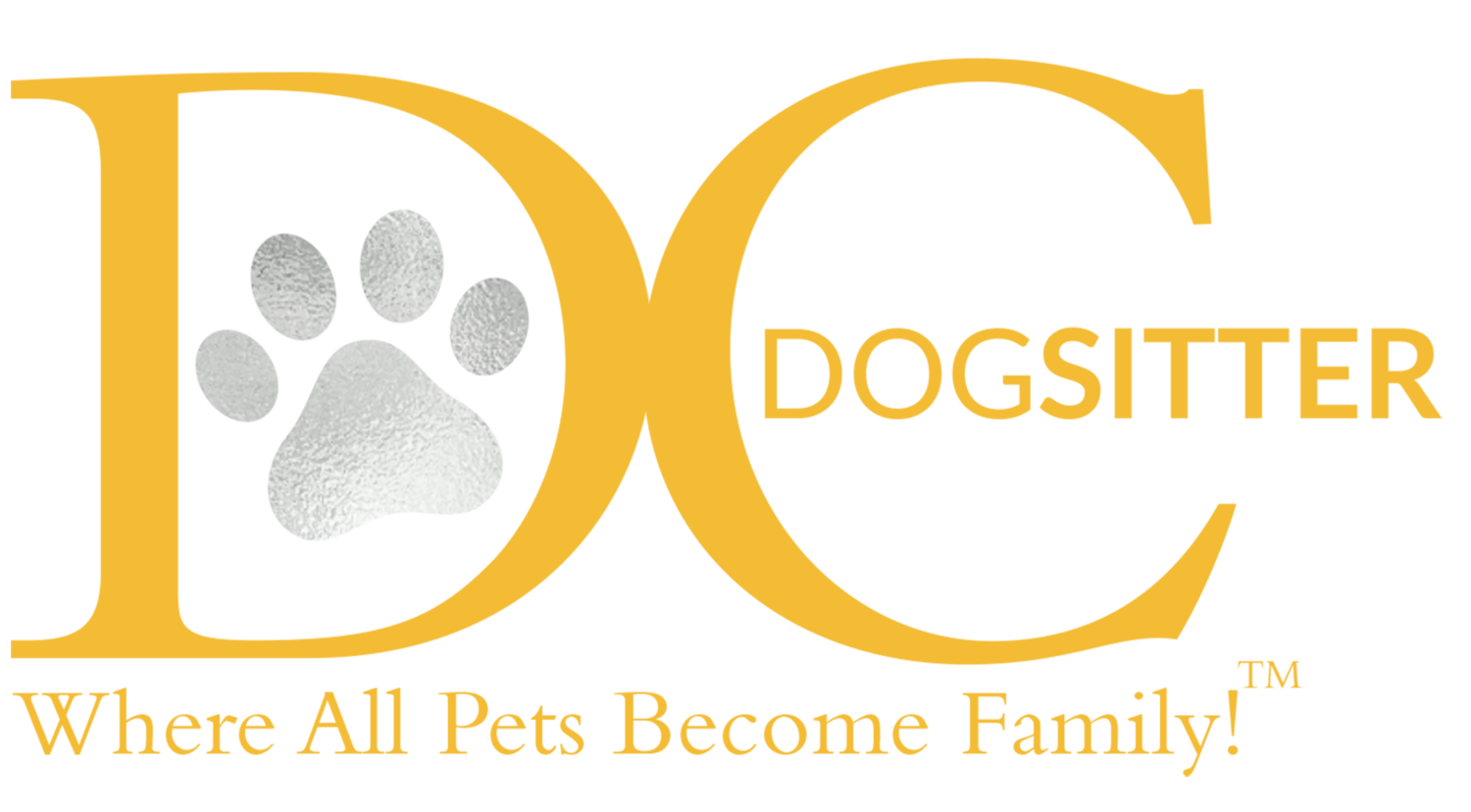Have you ever wondered why pets who are fed a human-grade fresh food or raw diet have poo that is very different from pets who are fed a kibble diet? Your pet’s stools are an honest indicator of their overall health. Additionally, your pet’s waste has a significant impact on the environment.
What our pet’s poo tells us.
The color, size, and consistency of stools tell a story about our pet’s health. Whether you're feeding a human-grade fresh food, cooked, raw, or kibble diet, it's important to see and know your pet’s stools. Below are differences in human-grade fresh food, raw, and kibble stools.
Color
Fresh Human Grade Food and Raw Fed: depending on the protein you're feeding; the color of stools will change according to the types of proteins in their food. For example, poultry produces lighter color stools, while red meats produce darker color stools.
Kibble Fed: Artificial colors are added to kibble making stools a uniform dark brown.
Size
Fresh Human Grade Food and Raw Fed: during this case, less is more! Smaller stools mean more food has been properly digested and absorbed by your pet. This also means that more of the nutrients have been utilized and not just passing through.
Kibble fed: Large, prevalent stools are a staple of a kibble fed diet. Kibble can include many processed ingredients that aren't digestible for pets and offer little or no nutritional value; leaving you with more to wash up.
Consistency
Fresh Human Grade Food and Raw Fed: The consistency of your pet’s stools can help tell you what you would like to regulate in your pet’s feeding routine. If stools are hard and slightly chalky, incorporate some Green Tripe, a good Whole Food Probiotic, Digestive Enzymes to help the stool to pass more easily. If your pet’s stools become too soft, cut back on the probiotics and consider incorporating a tablespoon or two of yams, sweet potatoes, pumpkin, or raw bone. For recurrent diarrhea, we recommend a good Gut Supplement to help repair leaky gut.
Kibble fed: one of the major drawbacks to kibble is the packaging and processing and yielding the ingredients to be extremely vulnerable to denaturation and oxidation. Scientific studies have shown these processes can alter the chemical makeup of the food, invite unwanted pathogens, and cause unstable stool consistencies.
Still pondering this? Try incorporating more human-grade fresh food or raw food into your pet’s diet and you will see the difference in a short period of time!
Sample Kibble Ingredients from a popular dry food
Carbohydrates (whole grain corn, barley, whole grain wheat, corn gluten meal)
Denatured Proteins (chicken by-product meal)
Mycotoxins (whole grain corn, soybean meal, corn gluten meal)
GMOs (dicalcium phosphate)
Artificial enhancements (iron oxide, salt)
Kibble contains manufactured ingredients that show up within the body as excess carbohydrates, sugars, denatured proteins, mycotoxins, GMOs, and artificial enhancements that cause poor pet health and digestion. As a result, your furry friend will not be receiving the appropriate nutrition in order to be thriving. And, additionally, more pet waste is generated. Keep in mind that the AAFCO guidelines are designed to maintain life where the conversation needs to change to ask what are the nutritional needs of my pet in order to be thriving in life.
Feeding high-quality human-grade fresh or raw food includes natural ingredients sourced from reputable farms and processors. A pet that consumes raw muscle meat, raw bones, and organs digest more easily, are more readily utilized in the body, and produces less pet waste that breaks down faster in a natural environment.
Feed your pet simple and real ingredients. The reduced poo, the benefits for the earth, the improved health and well-being will reap so many benefits.
References:
Amy Overstreet Maxwell and Sabrenna Bryant. (2017, Feb 21). Pet Waste Disposal Systems Help Protect Water Quality. USDA. https://www.usda.gov/media/blog/2011/03/08/pet-waste-disposal-systems-help-protect-water-quality
Brock, David. (2015, August 1). Dog Poo – Let’s Probe Further. Dogs Naturally. https://www.dogsnaturallymagazine.com/dog-poop-on-raw-diet/
PSI Poop Scene Investigation. Arizona Museum of Natural History. https://www.arizonamuseumofnaturalhistory.org/home/showdocument?id=13433



























Adopt, Don’t Shop: DCDS Clients Emily & Sam’s Adoption Journey